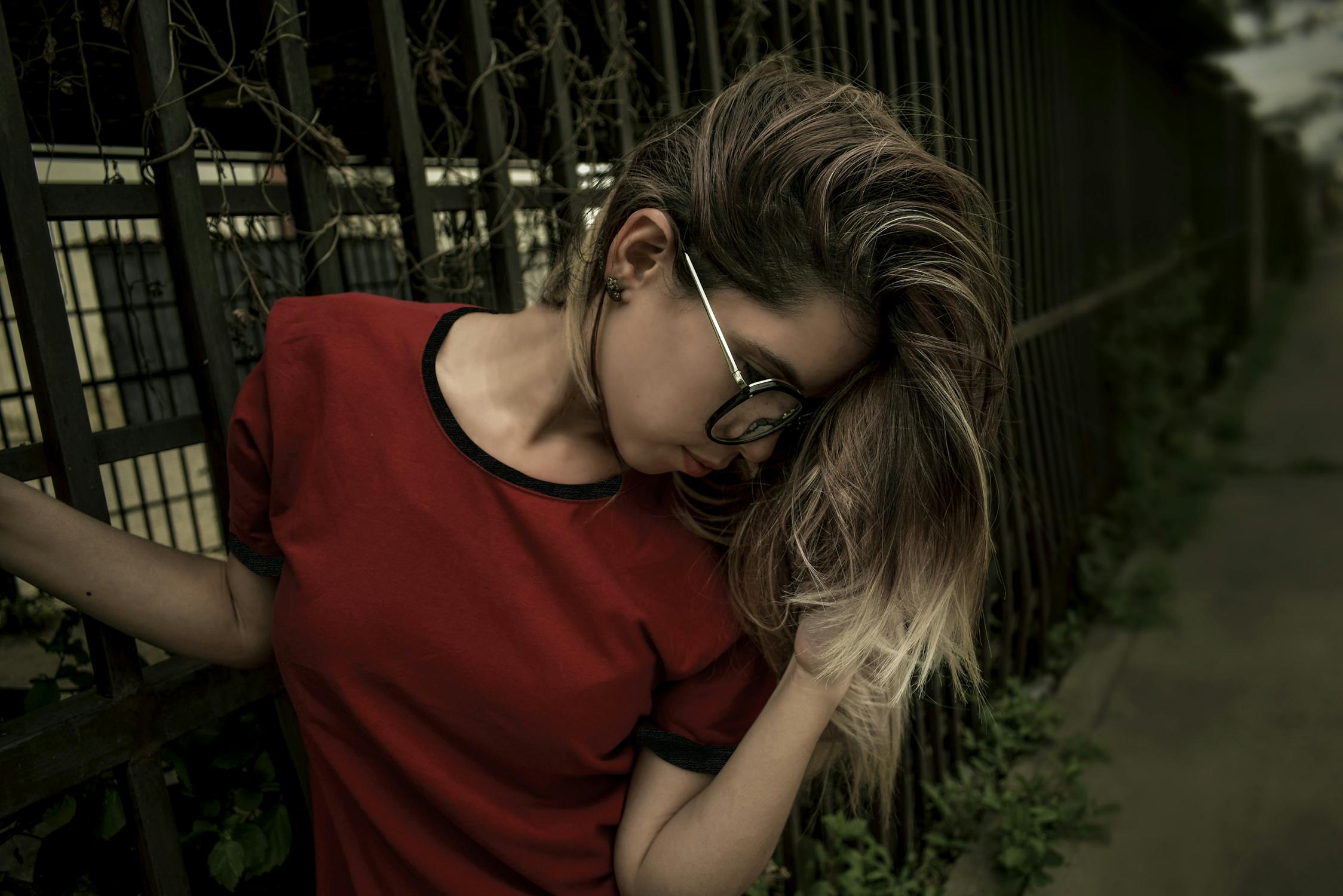Experiment with Different Perspectives
Photography is an art form that thrives on creativity and innovation. One of the most effective ways to elevate your skills and capture stunning images is by experimenting with different perspectives. By changing your viewpoint, you can transform ordinary scenes into extraordinary compositions, offering fresh and unique visual stories. This practice not only enhances your technical abilities but also broadens your artistic vision, making your work stand out in a saturated field.

Understanding the importance of perspective in photography involves more than just altering angles; it requires a keen eye for detail and a willingness to explore new techniques. Whether you are shooting portraits, landscapes, or urban scenes, varying your perspective can reveal hidden elements and create depth in your images. This approach can be particularly rewarding for those looking to push the boundaries of conventional photography and develop a distinctive style.
Experimenting with perspectives is not just about physical angles; it also involves mental shifts. By challenging your usual way of seeing the world, you can discover new inspirations and ideas that fuel your creativity.
Understanding Different Perspectives
Photography perspectives can be categorized into several types: high angle, low angle, eye level, bird’s eye view, and worm’s eye view. Each perspective offers a unique way to present the subject, influencing the viewer's perception and emotional response.
- High Angle: Shooting from above the subject can make it appear smaller or less dominant.
- Low Angle: Capturing from below gives the subject a sense of power or grandeur.
- Eye Level: The most common perspective, creating a neutral and relatable view.
- Bird’s Eye View: A top-down shot that provides a comprehensive overview.
- Worm’s Eye View: A ground-level shot that emphasizes height and scale.
The Role of Lenses in Perspective
The choice of lens significantly affects how perspectives are captured. Wide-angle lenses exaggerate spatial relationships, making close objects appear larger and distant objects smaller. Telephoto lenses compress space, bringing distant subjects closer together. Understanding these effects helps photographers choose the right lens for their desired outcome.
Practical Tips for Experimenting with Perspectives
To experiment effectively with different perspectives, consider the following practical tips:
- Change Your Position: Move around your subject to find unique angles. Get higher or lower than usual to see how it changes the composition.
- Use Reflections: Incorporate reflections from water, glass, or mirrors to add depth and interest.
- Play with Foreground Elements: Include objects in the foreground to create layers and guide the viewer's eye through the image.
- Shoot Through Objects: Frame your subject using natural or artificial elements like leaves or windows for added context.
The Impact of Perspective on Storytelling
Your choice of perspective can dramatically change the narrative of your photograph. For instance, a low-angle shot of a child playing can convey their sense of wonder and adventure, while a high-angle shot might highlight their vulnerability. Understanding how perspectives influence storytelling allows you to convey more nuanced emotions and messages in your work.
Editing Techniques to Enhance Perspective
Enhancing and tweaking tools like Adobe Lightroom and Photoshop offer numerous ways to enhance perspectives in your photos. Use cropping to adjust composition or apply lens correction to fix distortions caused by wide-angle lenses. Experiment with vignetting to draw attention to specific areas or use selective focus to emphasize certain elements within the frame.
| Technique | Description |
|---|---|
| Cropping | Adjusts composition by removing unwanted parts of the image. |
| Lens Correction | Fixes distortions caused by lens characteristics. |
| Vignetting | Adds darkness around edges to focus attention on the center. |
| Selective Focus | Emphasizes certain elements by blurring others. |
The Benefits of Experimenting with Perspectives
Experimenting with different perspectives offers numerous benefits beyond just improving your photography skills. It encourages creative thinking and problem-solving as you seek out new angles and compositions. It also fosters a deeper connection with your subjects as you explore various ways to represent them visually. Furthermore, this practice can lead to a more diverse portfolio, showcasing your ability to adapt and innovate in various photographic scenarios.
Perspective Exploration
Experimenting with different perspectives is an invaluable practice for any photographer looking to enhance their craft. By understanding various angles and viewpoints, utilizing appropriate lenses, applying practical tips, and leveraging editing tools, you can create captivating images that stand out. This exploration not only enriches your technical skills but also deepens your creative vision, enabling you to tell more powerful visual stories.